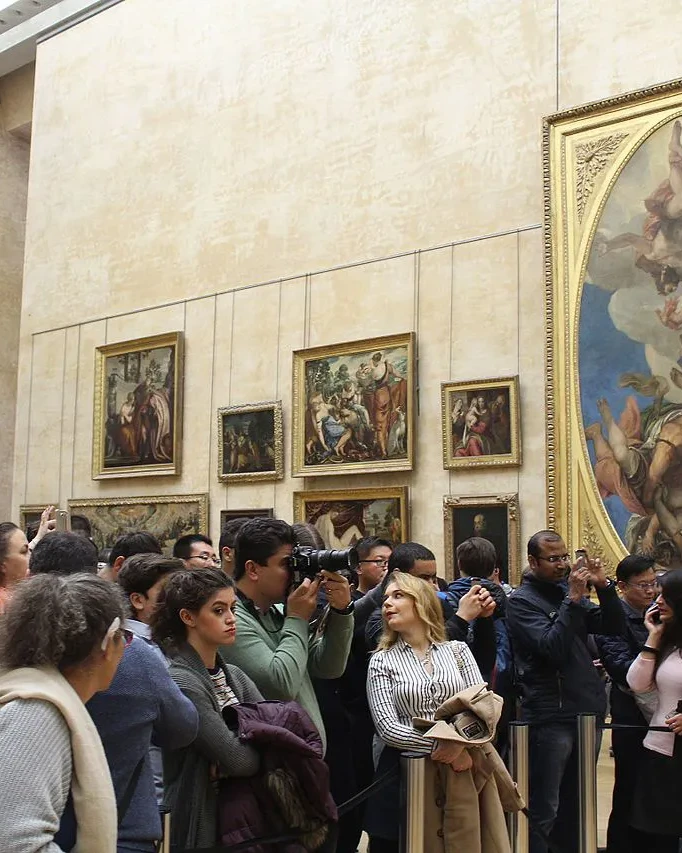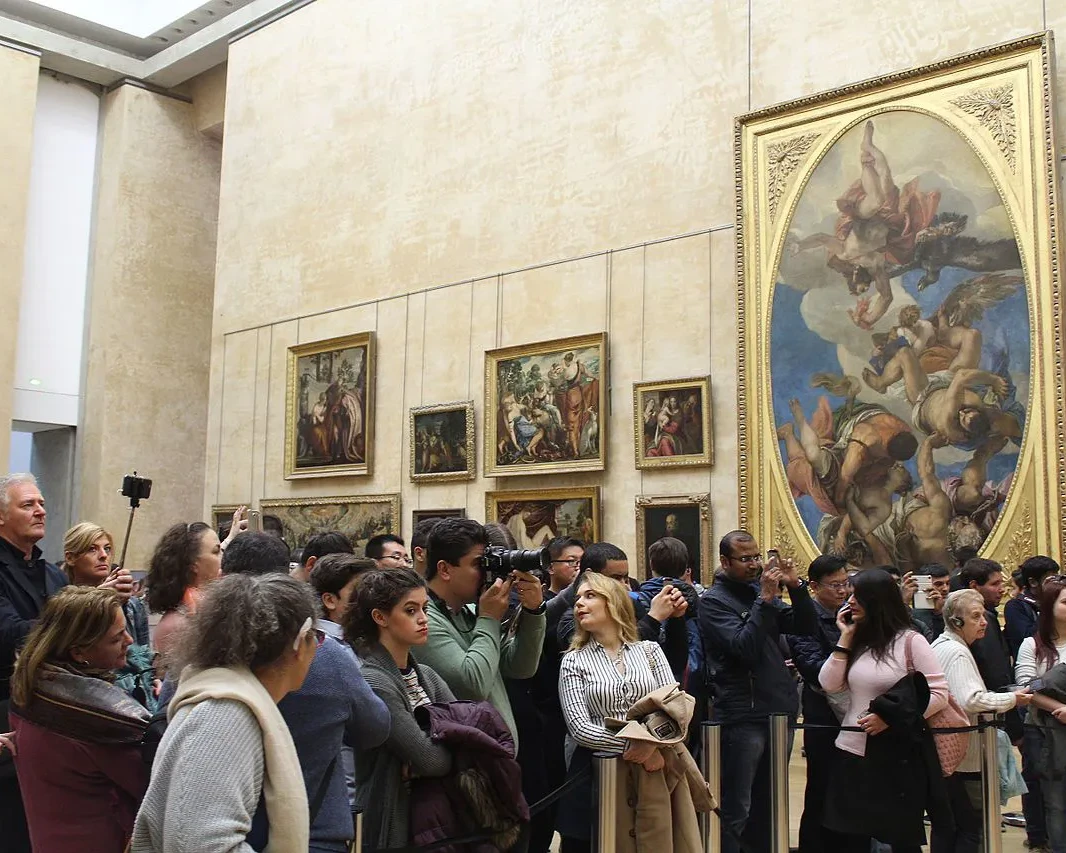Louvre Museum Evacuated After Bomb Threat
The Louvre Museum and Versailles Palace were evacuated due to bomb threats amid heightened security concerns in France. Approximately 15,000 people were safely cleared from the Louvre, with efficient cooperation from visitors and staff.


The Louvre Museum, one of the world’s most renowned art museums, was evacuated along with the nearby Versailles Palace after receiving bomb threats. The evacuation occurred amid heightened vigilance in France following a school stabbing incident by a suspected Islamic extremist. This incident raised concerns about the potential for further acts of violence and prompted authorities to take immediate action to protect the safety of the public.
Approximately 15,000 visitors and staff were cleared from the Louvre Museum to ensure their safety. Alarms sounded throughout the area, including the underground shopping center, to alert people of the potential threat. The evacuation was carried out swiftly and efficiently, with security personnel guiding individuals to designated safe areas outside the museum. The cooperation and calmness displayed by the visitors and staff during the evacuation process was commendable.
Fortunately, no incidents or casualties were reported during the evacuation. This outcome is a testament to the effectiveness of the emergency protocols and procedures that were in place at the Louvre Museum. The prompt response to the bomb threat and the well-executed evacuation ensured that everyone was able to safely evacuate the premises.
Security Measures and Investigation
In response to the bomb threat, police officers thoroughly searched the Louvre Museum. The search aimed to ensure the absence of any explosive devices within the premises. This meticulous examination involved the use of specialized equipment and trained dogs to detect any potential threats. Fortunately, no explosives were found during the search, providing relief to the authorities and the public.
The French government also deployed 7,000 troops to enhance security across the country. This mobilization of troops was part of the increased security measures implemented to address the current threat landscape. The presence of the military personnel not only reassured the public but also served as a deterrent to potential attackers. It sends a strong message that the French government takes the safety and security of its citizens and cultural landmarks seriously.
 Impact on Visitors and Operations
Impact on Visitors and Operations
As a result of the bomb threat and subsequent evacuation, the Louvre Museum announced its closure for security reasons. Visitors who had purchased tickets were refunded, prioritizing their safety and peace of mind. The closure of the museum allowed authorities to thoroughly assess the situation and ensure that there were no remaining threats within the premises.
Similarly, the Versailles Palace and its gardens were closed for police examination, ensuring a comprehensive security assessment. This temporary closure may have caused disappointment for visitors who had planned to explore these iconic landmarks, but their understanding of the necessity of these measures is crucial.
The Gare de Lyon train station in Paris was also evacuated due to a possible explosive, further highlighting the widespread impact of the heightened security concerns. This incident disrupted travel plans for many individuals, but the safety of the public must always take precedence in such situations. The coordinated response from various authorities and institutions demonstrated a commitment to ensuring the well-being of the community.
However, both the Louvre Museum and Versailles Palace reopened with normal operating hours after the authorities deemed it safe to do so. The timely reopening of these cultural institutions allowed visitors to once again appreciate the beauty and history they offer. It also sent a message of resilience and determination, emphasizing that acts of terror will not deter people from celebrating and enjoying their cultural heritage.
Previous Precautions and Visitor Limitations
Prior to the bomb threat and evacuation, the Louvre Museum had already implemented measures to limit the number of daily visitors to 30,000. This limitation was a proactive security measure aimed at ensuring the safety and security of both visitors and the invaluable artworks housed within the museum. By controlling the number of visitors, the museum can better manage crowd flow and monitor the premises more effectively. This not only enhances visitor safety but also helps to preserve and protect the precious artworks from accidental damage.
Reflection on Recent Incidents and Unity
The evacuation of the Louvre Museum and the heightened security measures were a direct response to a recent school stabbing incident by a suspected Islamic extremist. These incidents have caused anxiety and concern among the public, and it is crucial for the community to stand united in the face of such threats.
In such challenging times, unity and solidarity among the people of France were emphasized as crucial in overcoming these threats. The willingness of individuals to support and look out for one another is a powerful tool in combating acts of terror. By fostering a sense of community and shared responsibility, the French people can create a safer and more resilient society.
The successful evacuation of the Louvre Museum without any incidents or casualties demonstrates the effectiveness of the security measures in place. The thorough search conducted by the police ensured the absence of explosives within the museum. The incident serves as a reminder of the importance of implementing robust security measures in public institutions to safeguard the well-being of visitors and the preservation of cultural heritage.
As France continues to navigate the current threat landscape, it is crucial for authorities to remain vigilant and proactive in their security measures. The safety of the public and the preservation of cultural landmarks must always be a top priority. By learning from incidents such as the bomb threat at the Louvre Museum, authorities can continue to enhance their response capabilities and ensure the continued safety of visitors and the invaluable treasures housed within these iconic institutions.

 Impact on Visitors and Operations
Impact on Visitors and Operations